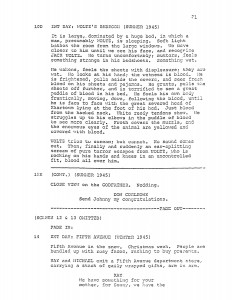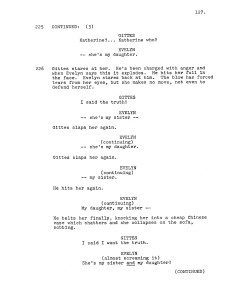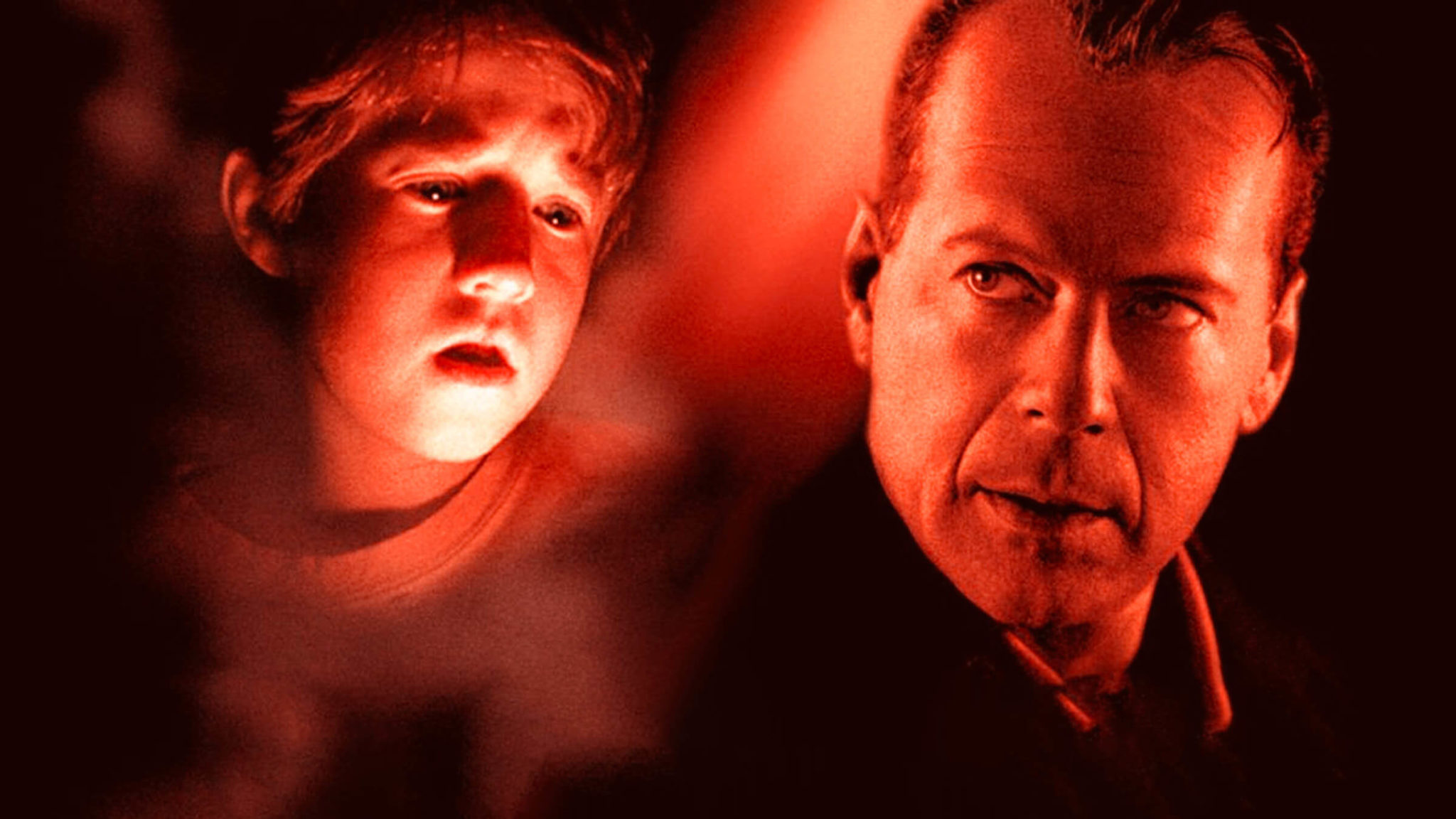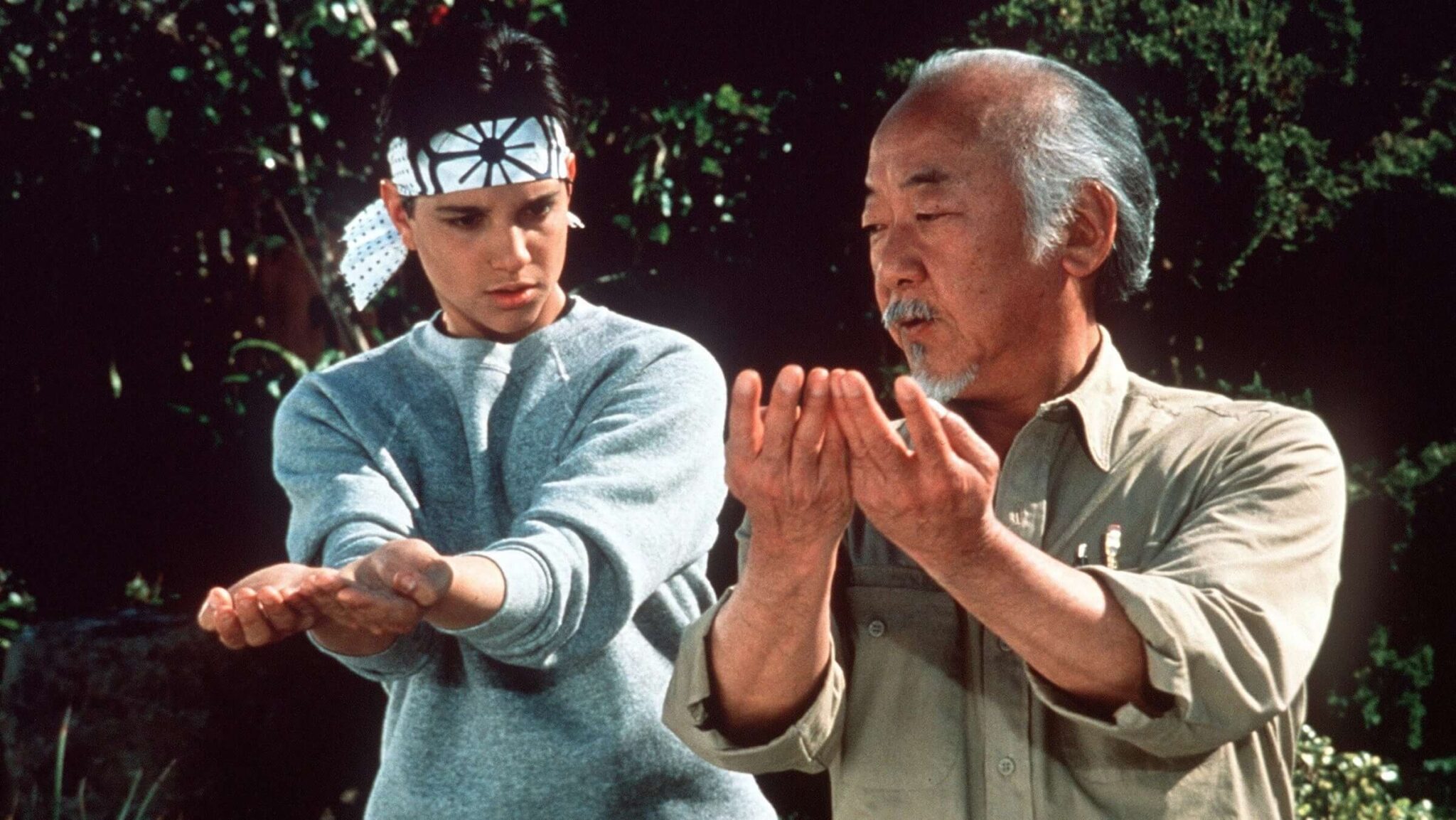
More than any other medium, screenplays are all about narrative economy. You have to tell your story as concisely and visually as possible. Without exaggeration or hyperbole, every word counts. Don’t use two when one will do. Be sparing with your adverbs and adjectives. Don’t tell readers any more than what they need to know.
Your goal is precise, lean, unadorned prose that tells the story simply and directly. This doesn’t mean you have to stifle your creativity or lose your voice as a writer…it just means that your opportunity to shine through with diction and attitude has to be filtered through the stripped-down mechanics of the screenplay idiom.
You want your script to be chock full of what we informally refer to in the industry as “white space.” This means that when a reader looks at your page, they see more emptiness on the page than they do text. Having this gives your script a clean, uncluttered aesthetic that convinces the reader that your story is told with confidence, focus and precision even before they read the first letter of the first word of the first page.
The easiest way to preserve white space on the page is to gut your action paragraphs as much as possible. When you’re in the heart of a scene, it’s easy to get carried away in dramatizing every single detail of the venue in which the scene is taking place, the demeanors and appearances of the characters, their movements, their body language, etc. What you have to do is scale back this minutia so that only what is absolutely critical to the story remains. With each scene, you want to get in late and get out early.
Ideally, all action paragraphs should be 3-5 lines max. Anything longer than this looks blocky and can cause readers’ eyes to glaze over. Also, let’s be honest: this is Hollywood, where attention spans and free time are extremely limited commodities. While no one will openly admit it, many readers, producers and development executives are going to skim your script before they commit to giving it a full read.
This means that they’re going to be reading fast, without full concentration, looking for key phrases and actions to jump out at them. If you give them bite size chunks of text to look at, rather than dense and blocky paragraphs, you have a much better chance of keeping their attention and allowing your script to jump out at them.
Overlong, undisciplined action paragraphs (and dialogue that goes on and on and on) are two clear marks of an amateur screenplay. Keeping your script free of these rookie mistakes is easy to do if you know to watch out for them, and doing so will automatically give your script a professional appearance that will help it stand out from the masses.
Think of the process of writing your script in terms of finding a soul mate: while ultimately it’s what’s underneath that counts, a killer appearance is the first thing you see, and it can make the difference between a commitment of five seconds and a commitment of fifty years.
Get Our Screenwriting Newsletter!
Get weekly writing inspiration delivered to your inbox - including industry news, popular articles, and more!
























